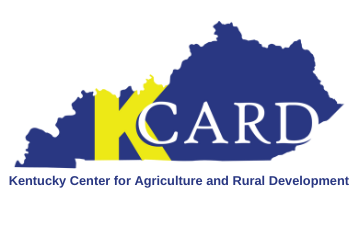Demand for local food has increased dramatically over the last few decades in almost every market channel. Finding the right channel to market your product can be difficult, however. One direct-to-consumer marketing arrangement that has increased in popularity in the past several years is Community Supported Agriculture (CSA). Farms that offer CSAs have the chance to develop direct relationships with their customers, and potentially have more predictable and consistent farm income year-to-year.
In a CSA, the customer buys a share of your harvest before the growing season begins. Shares typically consist of produce, but could also include meat, cut flowers, or value-added products made with ingredients from your farm or partner farms. Shares are then distributed on a predetermined schedule at convenient locations.
Before starting a CSA, it’s important to evaluate the pros and cons to understand if it’s right for your business. Through the CSA model, the customer shares some of the risk of production with the farmer, as they agree to receive a share of what is harvested, even though that may mean receiving less when there are weather or other events causing harvest loss. It is important to understand that the CSA model does not always translate into dramatic increases in net farm income for farmers. Rather, it has the potential to allow for greater predictability and consistency of income from year-to-year as you receive payment for your product upfront before the growing season begins.
CSAs require lots of upfront production planning compared to other marketing methods. Before the growing season starts, you need to make a production plan that includes information like what you will produce for the entire season, quantities you need to grow to supply the number of shares you plan to offer, when things will need to be planted and harvested, what supplemental products (if any) need to be included in lighter boxes, when/how you will prep the CSA boxes to be ready for the consumer, and more. Comprehensive monthly crop plans are often created to know what crops will be planted, growing, or harvested each month during the season. During the height of the season, a weekly plan may need to be created to keep up with maintenance of the variety of crops. While this level of production planning can be tricky, it’s important to note that CSA may give you a more structured distribution for products than other marketing methods, as well as giving you a predetermined price versus relying on more unpredictable sales.
You will also need to determine how you’ll promote your CSA to potential customers. If you already have an established customer base (for example, if you currently sell at the farmers’ market or at an on-farm store), you can start promoting the new CSA to them as a way to have consistent access to your products. For many producers, CSA leads to the development of long-term relationships with customers. CSA requires considerable effort, however, in recruiting shareholders and retaining participation over the course of more than one season. For many CSA farms, continuous marketing may take the form of including recipes, preservation instructions, and other materials along with the share. This helps the customer, who may not be as familiar with preparing many different varieties of produce, to utilize the share fully.
CSA can be a great way to grow the reach of your business and develop long-term relationships with your customers, but it requires careful planning and work upfront to ensure success. If you’d like help evaluating if the CSA model is right for your business, contact KCARD at (859) 550-3972 or kcard@kcard.info.
Additional Resources:

